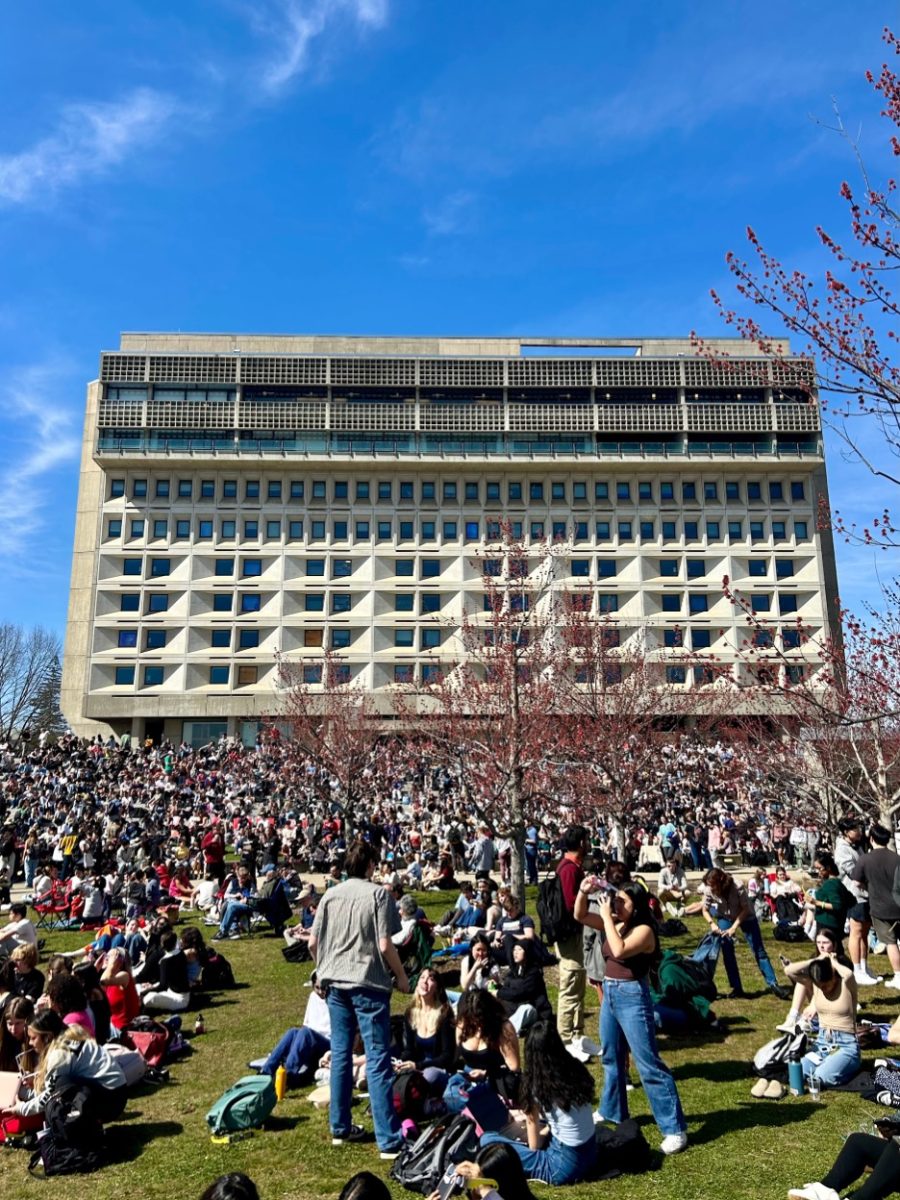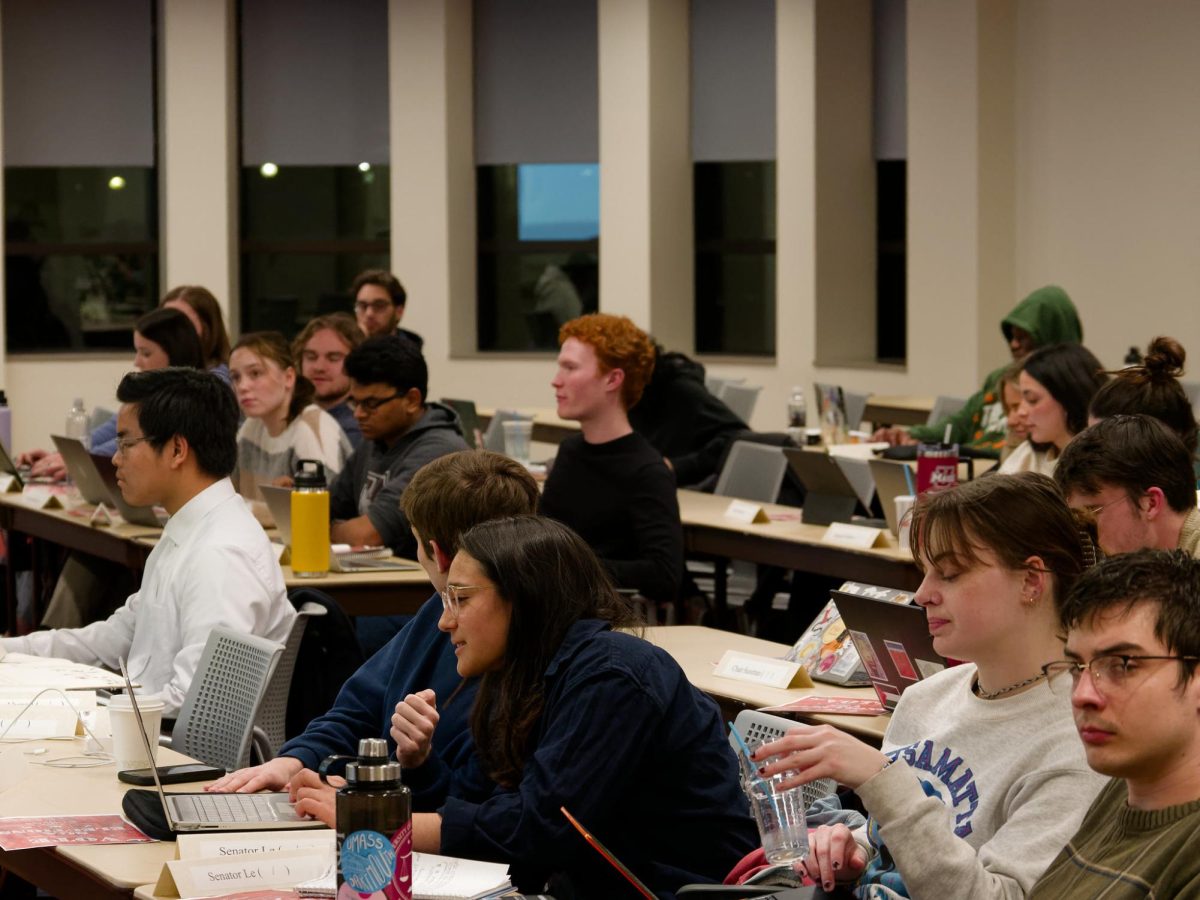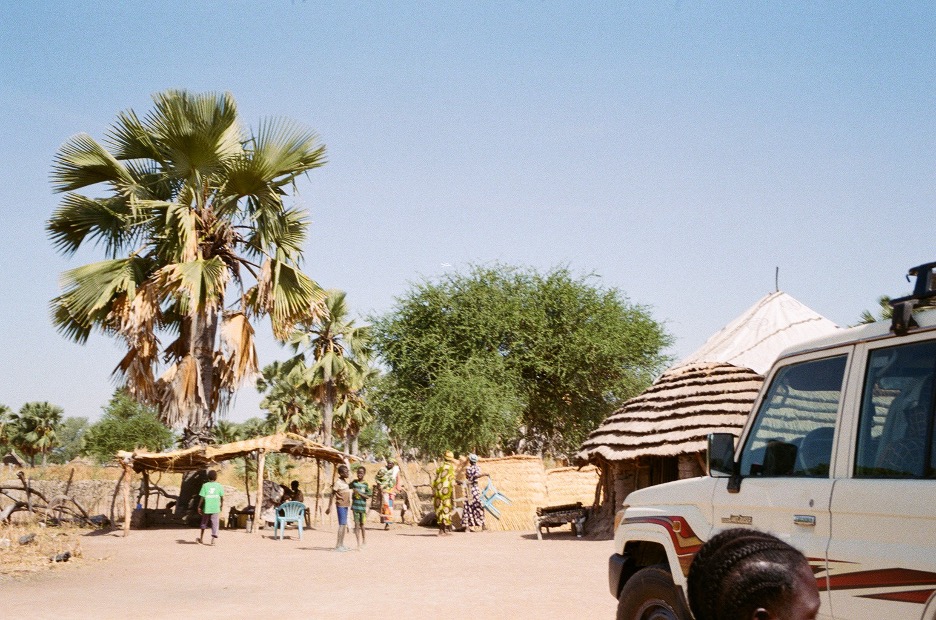
A University of Massachusetts engineering professor was awarded a four-year, $1.6 million grant from the National Institutes of Health for her continued research on a computerized disaster-management response system, according to a University press release.
Aura Ganz, a professor of electrical and computer engineering at UMass since 1987, was awarded the grant to help fund what she calls the DIORAMA II, an emergency-response system designed to quickly organize chaotic, mass-casualty disaster scenes with the goal of cutting evacuation time of survivors in half, according to the news release.
Such potential high-casualty incidents include airline, bus and train wrecks, according to the release.
DIORAMA is a map of a disaster scene on a computer screen, according to the release. The map can pinpoint the locations of all the medics and victims at the scene and allows the commander in charge of the incident’s emergency response to organize in a timely fashion.
DIORAMA II will run on a real-time framework built to collect data and accurately track resources in real time, while making the location of victims happen faster, detecting the most severely injured casualties and managing response teams in mass-casualty incidents, according to the release.
It’ll also enable rescue personnel to treat the most critically injured victims first and assign emergency resources to the areas of the disaster in most need, the release said, and it will alert hospitals located near the disaster to prepare for the arrival of patients beforehand.
“There are many large-scale disasters that happen with buses overturning, trains colliding, multi-car pileups, air crashes,” she said in the release. “It is very difficult when medical personnel arrive at a scene filled with chaos and debris and the victims spread all over the place and then try to carry out a fast and effective triage operation to save as many people as possible.”
DIORAMA II is the second generation of a prototype she completed in 2011 with the aid of a $4,000 exploratory NIH grant. Ganz was originally given funding by the National Science Foundation in 2004 to develop the technologies needed to receive a grant for her NIH proposal.
She began the project in 2006 and her proposal was approved for the grant in 2008. DIORAMA I, which she calls the first phase of a two-part procedure, took her three years to complete after receiving the grant.
However, Ganz was inspired to work on such a project well before the opportunity presented itself.
“I was actually thinking for quite a long time how this technology we developed can be put for the benefit of people, the betterment of society,” she said in a phone interview.
The purpose of this first-generation prototype, which she called the “exploratory stage,” is to present to the NIH why she deserves the chance to build the entire system.
“You have to prove how the system is a benefit to society, which means how it decreased evacuation time, which translates into a vast number of victims or higher survival rates of victims evacuated from a disaster,” she said.
After the prototype was built, it had to be tested on human subjects so she could show that it would serve beneficial, which had to be outlined in her proposal to NIH. The proposal was written for approval before that second phase could begin.
With this recent grant, Ganz is being asked by NIH to provide more immediate responses to mass-casualty events, which she believes could play a crucial role as to whether or not an injured individual can survive the occurrence.
“The first problem is the immediate response,” she said in the news release. “This is the most challenging issue in emergency management of a mass-casualty disaster, and this is the problem NIH is asking me to solve. The aim of the project is to streamline the triage process and significantly reduce the time it takes to rescue victims.”
Nick Canelas can be reached at [email protected].












